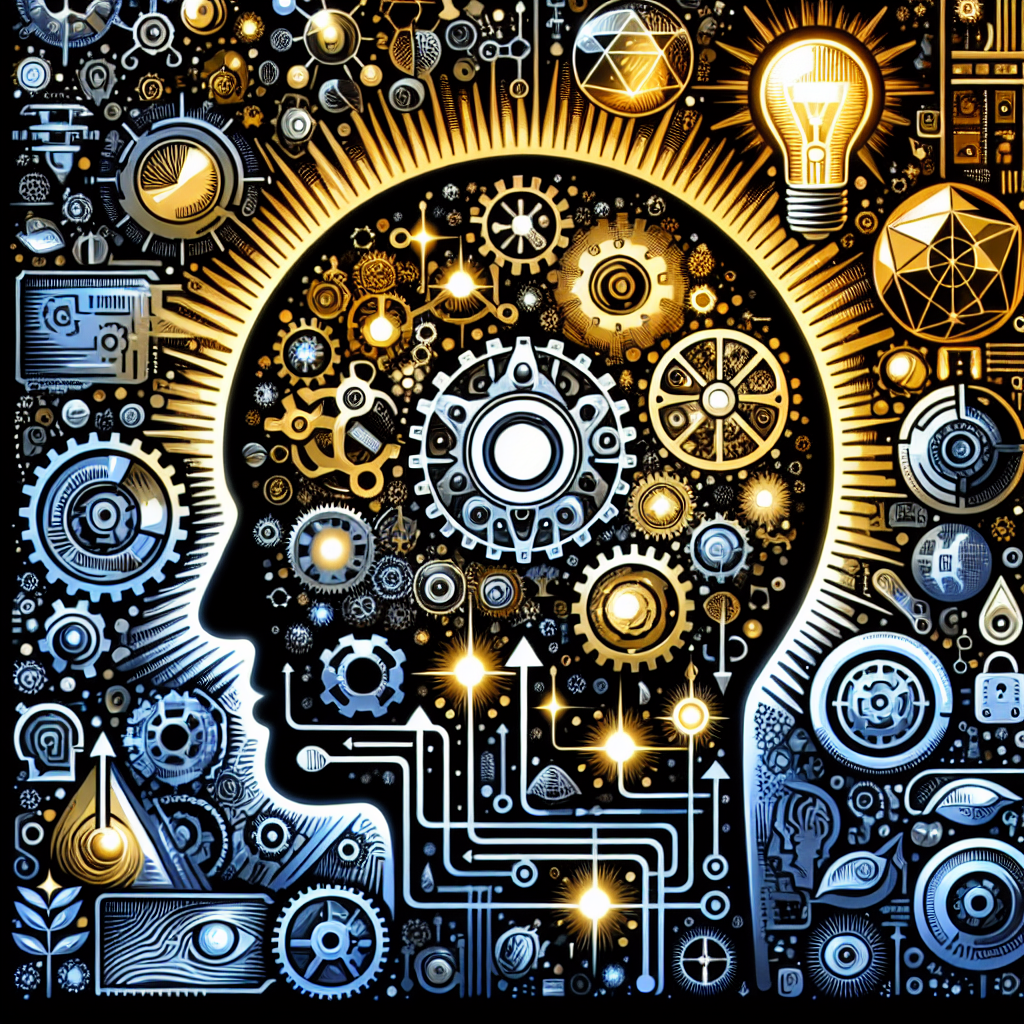Artificial General Intelligence (AGI) is a term that refers to a type of artificial intelligence that possesses human-like cognitive abilities, allowing it to perform a wide range of tasks that would typically require human intelligence. This technology has the potential to revolutionize industries and solve complex problems that have previously been beyond the reach of traditional AI systems. In this article, we will explore the potential of AGI, its applications in various industries, and the challenges that must be overcome to fully realize its potential.
The Potential of AGI
AGI has the potential to revolutionize industries by enabling machines to perform tasks that were previously thought to be impossible for AI systems. Unlike narrow AI, which is designed to perform specific tasks like playing chess or recognizing images, AGI has the ability to learn and adapt to new situations, making it capable of solving a wide range of complex problems.
One of the key benefits of AGI is its ability to automate tasks that are currently performed by humans, freeing up time and resources for more creative and strategic work. For example, AGI could be used to analyze vast amounts of data and identify patterns and insights that would be difficult for humans to uncover on their own. This could lead to more efficient decision-making processes and better outcomes for businesses and organizations.
AGI also has the potential to revolutionize industries by enabling machines to perform tasks that are dangerous or impractical for humans. For example, AGI could be used to perform tasks in hazardous environments, such as deep-sea exploration or space exploration, where human workers would be at risk. In addition, AGI could be used to perform tasks that require extreme precision or speed, such as medical surgeries or manufacturing processes.
Applications of AGI in Various Industries
AGI has the potential to transform a wide range of industries, including healthcare, finance, transportation, and manufacturing. In healthcare, AGI could be used to analyze medical images and identify patterns that could help doctors diagnose diseases more accurately and quickly. AGI could also be used to develop personalized treatment plans for patients based on their individual genetic makeup and medical history.
In finance, AGI could be used to analyze financial data and predict market trends, enabling investors to make more informed decisions. AGI could also be used to detect fraudulent activities and prevent financial crimes, such as money laundering or insider trading. In transportation, AGI could be used to optimize traffic patterns and reduce congestion, leading to faster and more efficient transportation systems.
In manufacturing, AGI could be used to automate tasks such as quality control and supply chain management, leading to more efficient production processes and lower costs. AGI could also be used to develop new products and services based on consumer preferences and market trends, enabling companies to stay ahead of the competition.
Challenges of AGI
Despite its potential benefits, AGI also presents a number of challenges that must be overcome before it can be fully realized. One of the main challenges is ensuring the safety and reliability of AGI systems. Because AGI systems have the potential to make decisions autonomously, there is a risk that they could make mistakes or behave unpredictably, leading to unintended consequences.
Another challenge is ensuring the ethical and responsible use of AGI. There is a risk that AGI systems could be used to manipulate or control people, leading to ethical dilemmas and social unrest. It is important to develop guidelines and regulations that govern the use of AGI to ensure that it is used in a responsible and ethical manner.
FAQs
Q: What is the difference between AGI and narrow AI?
A: AGI refers to artificial intelligence systems that possess human-like cognitive abilities, allowing them to perform a wide range of tasks. Narrow AI, on the other hand, is designed to perform specific tasks, such as playing chess or recognizing images.
Q: How close are we to achieving AGI?
A: While significant progress has been made in the field of AI, achieving AGI is still a long way off. Researchers are working to develop systems that can learn and adapt to new situations, but there are still many technical challenges that must be overcome.
Q: What are some potential risks of AGI?
A: Some potential risks of AGI include the possibility of autonomous decision-making leading to unintended consequences, as well as the risk of misuse or abuse of AGI systems for malicious purposes. It is important to address these risks through careful research and oversight.
In conclusion, AGI has the potential to revolutionize industries and solve complex problems that have previously been beyond the reach of traditional AI systems. By harnessing the power of AGI, we can automate tasks, improve decision-making processes, and develop innovative solutions to some of the world’s most pressing challenges. However, it is important to address the challenges and risks associated with AGI to ensure that it is used in a responsible and ethical manner. By working together to overcome these challenges, we can unlock the full potential of AGI and create a brighter future for all.

